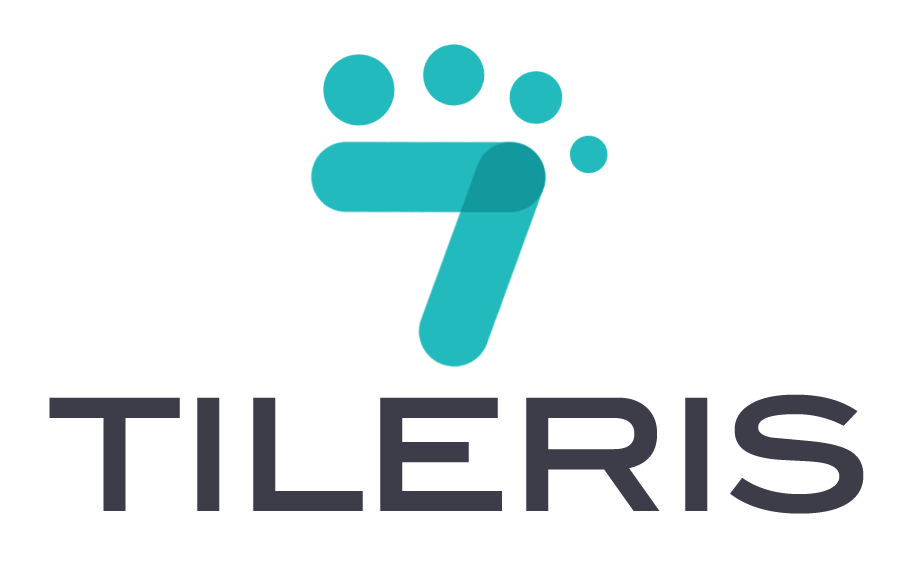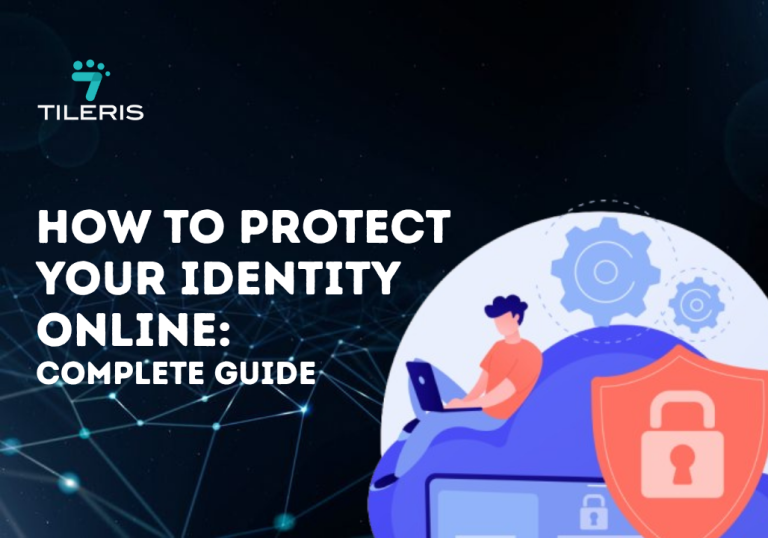Digital Footprint Checklist
Introduction
A comprehensive digital footprint checklist serves as your roadmap to understanding, monitoring, and controlling the vast array of personal information scattered across the internet. This digital footprint checklist encompasses everything from social media profiles and search engine results to data broker records and forgotten online accounts that collectively form your digital identity.
Understanding the importance of a digital footprint checklist extends beyond mere privacy concerns—it’s about protecting your reputation, preventing identity theft, and maintaining control over your personal narrative in the digital age. Every click, search, post, and online interaction contributes to your digital footprint, creating a comprehensive profile that can be accessed by employers, cybercriminals, and data aggregators alike.
The Foundation of Online Security
Active vs. Passive Digital Footprints
Your digital footprint consists of two distinct categories that every digital footprint checklist must address. Active digital footprints encompass intentional online activities – social media posts, blog comments, forum discussions, and website registrations. These represent conscious decisions to share information online.
Passive digital footprints, conversely, accumulate without direct user action. Website analytics tracking, IP address logging, location data collection, and behavioral profiling occur continuously as you navigate the digital ecosystem. Understanding this distinction forms the cornerstone of any effective digital footprint checklist strategy.
The Cybersecurity Implications
From a cybersecurity perspective, unmanaged digital footprints create multiple attack vectors for malicious actors. Social engineering attacks leverage publicly available personal information to craft convincing phishing campaigns. Identity thieves piece together fragments of data from various sources to impersonate victims. Corporate espionage targets employees’ digital footprints to gain unauthorized access to sensitive business information.
Research conducted by cybersecurity firm Recorded Future demonstrates that 89% of successful social engineering attacks utilize information readily available in victims’ digital footprints. This statistic underscores why implementing a comprehensive digital footprint checklist has become essential for both individuals and organizations.
Essential Components of Your Digital Footprint Checklist
1. Social Media Audit and Configuration
It is worthy of note to begin digital footprint checklist by conducting a thorough audit of all social media platforms. This process involves:
Platform Inventory: Document every social media account you’ve created, including dormant or forgotten profiles. Utilize tools like Namechk or KnowEm to identify accounts associated with your username across multiple platforms.
Privacy Settings Review: Examine privacy configurations on each platform, ensuring that personal information remains visible only to intended audiences. Facebook, LinkedIn, Twitter, Instagram, and TikTok each offer granular privacy controls that require regular adjustment as platform policies evolve.
Content Assessment: Review posted content for potentially compromising information such as location data, personal relationships, professional details, and identifying information that could facilitate social engineering attacks.
Connection Evaluation: Assess your network connections, removing suspicious or unknown contacts who might pose security risks. Implement strict acceptance criteria for new connection requests.
2. Search Engine Results Management
Your digital footprint checklist must include regular monitoring of search engine results associated with your name and identifying information. Google, Bing, and DuckDuckGo may return different results, necessitating comprehensive searches across multiple platforms.
Personal Name Searches: Conduct searches using various combinations of your name, including nicknames, maiden names, and professional aliases. Document concerning results that require attention or removal.
Reverse Image Searches: Upload personal photos to reverse image search engines to identify unauthorized usage across websites and platforms.
Professional Reputation Monitoring: Monitor search results related to your professional identity, ensuring that career-relevant information presents favorably and accurately.
3. Data Broker Opt-Out Procedures
Data brokers collect and monetize personal information, creating detailed profiles that contribute significantly to your digital footprint. Your digital footprint checklist should include systematic opt-out procedures for major data brokers:
Acxiom, LexisNexis, Spokeo: These industry giants maintain extensive databases requiring specific opt-out procedures outlined on their respective websites.
Whitepages, BeenVerified, PeopleFinder: Consumer-focused people search engines that aggregate public records and social media information.
Specialized Services: Consider utilizing services like DeleteMe or Privacy Duck that automate the opt-out process across hundreds of data brokers, though manual verification remains advisable.
4. Email Account Security Assessment
Email accounts serve as digital identity anchors, making their security paramount in any digital footprint checklist:
Account Inventory: Catalog all email accounts, including personal, professional, and special-purpose addresses. Identify accounts that should be consolidated or eliminated.
Two-Factor Authentication: Implement 2FA across all email accounts, preferring authenticator apps over SMS-based verification due to SIM swapping vulnerabilities.
Breach Monitoring: Utilize services like Have I Been Pwned to identify compromised accounts requiring immediate password changes and security reviews.
5. Financial and Shopping Account Management
E-commerce and financial platforms maintain detailed purchasing histories and personal information that contribute substantially to your digital footprint:
Account Rationalization: Review and close unnecessary shopping accounts, particularly on platforms you no longer use regularly.
Payment Method Updates: Remove stored payment information from platforms with questionable security practices or irregular usage patterns.
Transaction History Review: Monitor financial accounts for unauthorized activities that might indicate identity theft or account compromise.
6. Professional Network Optimization
Professional platforms like LinkedIn require careful curation to balance visibility with privacy:
Profile Information: Ensure professional profiles contain accurate, current information while avoiding oversharing personal details.
Network Management: Regularly review professional connections, removing contacts who no longer serve legitimate networking purposes.
Activity Monitoring: Monitor professional platform activity to ensure posts and interactions align with career objectives and professional standards.
Other Digital Footprint Checklist Methods
Technical Implementation Measures
DNS Over HTTPS (DoH): Configure browsers to use encrypted DNS queries, preventing ISPs from monitoring your browsing patterns.
VPN Usage: Implement Virtual Private Network solutions to mask IP addresses and encrypt internet traffic, though careful provider selection remains crucial.
Browser Hardening: Configure browsers with privacy-focused extensions like uBlock Origin, Privacy Badger, and ClearURLs to minimize tracking.
Cookie Management: Implement aggressive cookie policies, regularly clearing stored data and utilizing containers to isolate browsing contexts.
Mobile Device Considerations
Mobile devices present unique challenges for digital footprint checklist implementation:
App Permissions: Review and restrict application permissions, particularly location services, camera access, and contact list access.
Location Services: Disable unnecessary location tracking while maintaining functionality for essential applications.
Backup Configurations: Ensure mobile device backups exclude sensitive information and utilize strong encryption.
Monitoring and Maintenance Protocols
Automated Monitoring Solutions
Google Alerts: Configure alerts for your name, address, phone number, and other identifying information to receive notifications when new mentions appear online.
Social Media Monitoring: Utilize tools like Mention or Brand24 to track references across social media platforms and news sources.
Dark Web Monitoring: Services like Experian IdentityWorks and LifeLock provide dark web monitoring capabilities to identify compromised personal information in underground markets.
Regular Review Schedules
Your digital footprint checklist should establish regular review schedules to ensure ongoing protection:
Monthly Reviews: Conduct basic searches and review privacy settings on primary platforms.
Quarterly Assessments: Perform comprehensive audits including data broker opt-outs and professional profile updates.
Annual Deep Dives: Execute thorough digital footprint checklist reviews including forgotten account identification and legacy platform cleanup.
The Legal and Regulatory Considerations
Privacy Legislation Impact
GDPR Compliance: European residents can leverage General Data Protection Regulation rights to request data deletion from companies operating in EU markets.
CCPA Rights: California Consumer Privacy Act provides similar protections for California residents, including the right to delete personal information.
Emerging Legislation: Monitor developing privacy legislation in your jurisdiction that may provide additional digital footprint management tools.
Professional and Industry-Specific Requirements
Certain professions face heightened digital footprint scrutiny requiring specialized checklist considerations:
Healthcare Professionals: HIPAA compliance extends to personal social media usage and online activities.
Financial Services: Securities regulations may restrict certain online activities and require disclosure of potential conflicts of interest.
Government Employees: Security clearance requirements necessitate comprehensive digital footprint management and regular reporting.
Implementation Practices
Phased Approach Strategy
Implementing a comprehensive digital footprint checklist can feel overwhelming, making a phased approach advisable:
Phase 1 – Assessment: This phase involve the documentation of current digital footprint scope without making changes or alteration to them.
Phase 2 – Critical Security: This means addressing the immediate security vulnerabilities and high-risk exposures.
Phase 3 – Privacy Optimization: Implement privacy controls and opt-out procedures.
Phase 4 – Ongoing Maintenance: The establishmeent of regular monitoring and review procedures.
Documentation and Record Keeping
It is of paramount important to maintain detailed records of digital footprint checklist activities in all daily engaments:
Account Inventories: Document all online accounts with creation dates, purposes, and security configurations.
Opt-Out Records: Track data broker opt-out requests with dates and confirmation numbers.
Privacy Setting Changes: Log privacy configuration changes with dates and rationales.
Future-Proofing Your Digital Privacy
Emerging Technologies and Threats
Artificial Intelligence: AI-powered data analysis capabilities enable more sophisticated profiling from seemingly innocuous information fragments.
Internet of Things (IoT): Connected devices create new data collection points requiring inclusion in digital footprint checklist considerations.
Biometric Data: Increasing biometric authentication usage creates permanent identification markers that cannot be changed if compromised.
Proactive Privacy Strategies
Privacy by Design: Adopt privacy-conscious defaults for new online activities and account creations.
Minimal Information Sharing: Implement a need-to-know approach to personal information disclosure online.
Regular Technology Updates: Stay informed about emerging privacy tools and threats affecting digital footprint management.
The Federal Trade Commission’s Identity Theft protection resources offer valuable insights into protecting personal information and responding to identity theft incidents.
Measuring Digital Footprint Checklist Effectiveness
Key Performance Indicators
Search Result Reduction: Track the number of concerning search results over time.
Account Consolidation: Monitor the reduction in active online accounts and associated attack surface.
Data Broker Presence: Measure success in removing information from people search engines and data aggregators.
Security Incident Reduction: Track decreases in spam, phishing attempts, and social engineering attacks.
Continuous Improvement Process
Digital footprint checklist effectiveness requires ongoing refinement based on emerging threats and changing personal circumstances. Regular assessment of checklist completeness ensures that new online activities and platforms receive appropriate privacy and security consideration.
Threat Landscape Evolution: Adapt checklist items to address newly identified threats and attack vectors.
Platform Changes: Update procedures to reflect changes in privacy policies and platform features.
Personal Circumstances: Modify checklist priorities based on career changes, life events, and risk tolerance evolution.
Conclusion
Implementing a comprehensive digital footprint checklist represents a fundamental cybersecurity practice in our increasingly connected world. The systematic approach outlined in this guide provides the foundation for understanding, monitoring, and controlling your online presence while protecting against identity theft, reputation damage, and privacy violations.
Regular execution of digital footprint checklist activities, combined with ongoing vigilance and adaptation to emerging threats, creates a robust defense against the myriad risks associated with our digital lives. The investment in time and effort required for thorough digital footprint management pays dividends in enhanced privacy, security, and peace of mind.
Remember that digital footprint management is not a one-time activity but an ongoing process requiring dedication and regular attention. By following this comprehensive digital footprint checklist and adapting it to your specific circumstances, you take control of your digital identity and protect your online presence for years to come.
To take your cybersecurity to the next level, proceed to downloading our free security checklist, it’s packed with simple steps to help you stay protected online. And for more contents like this just head over to tileris.com.
If you’re looking for more hands-on support or more cyber security contents like this contact us, you can also request a free consultation with our AI agents, our experts are ready to guide you. Or, if you’d rather see how Tileris works in real time, go ahead and request a demo through our contact form.







